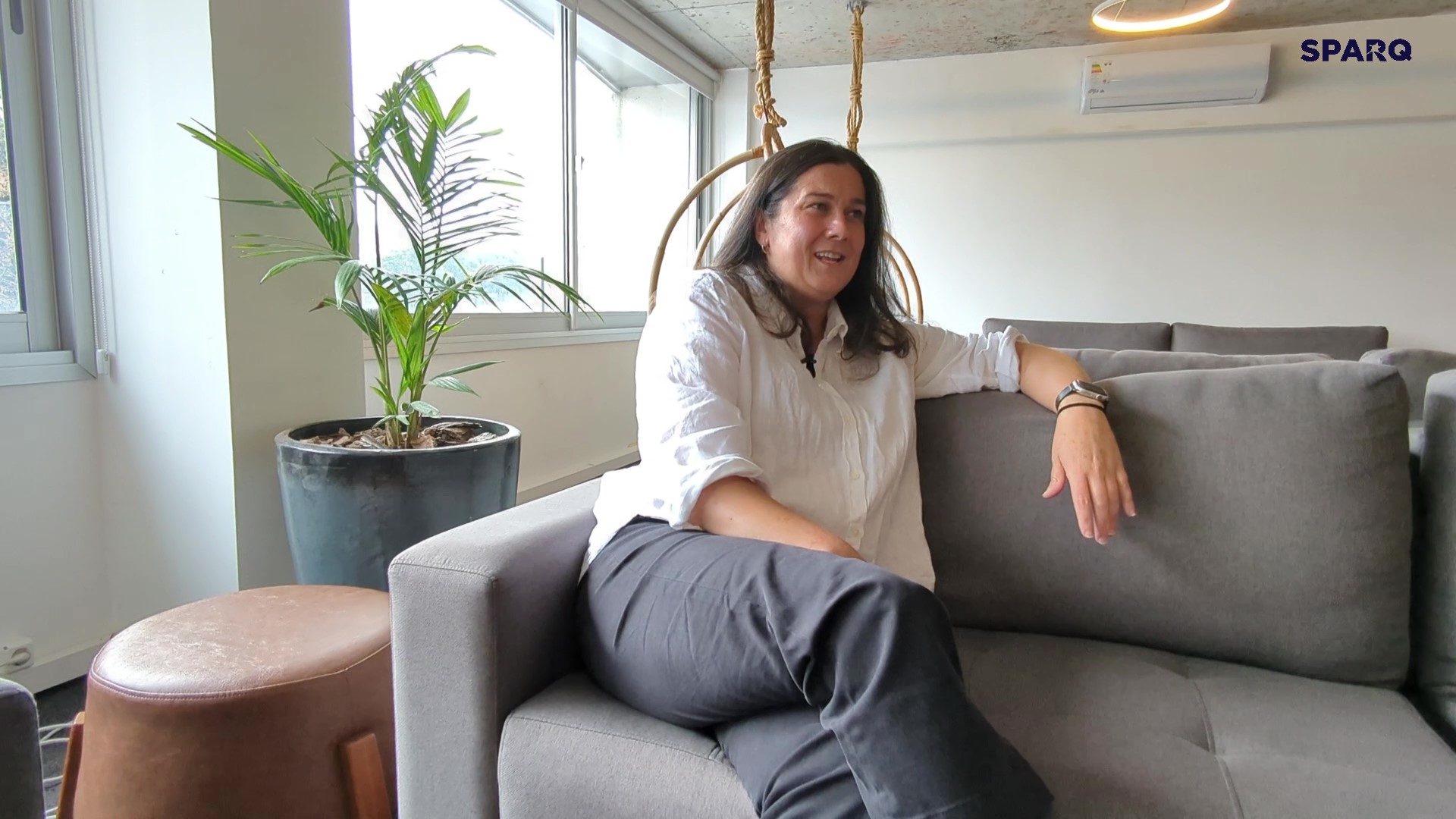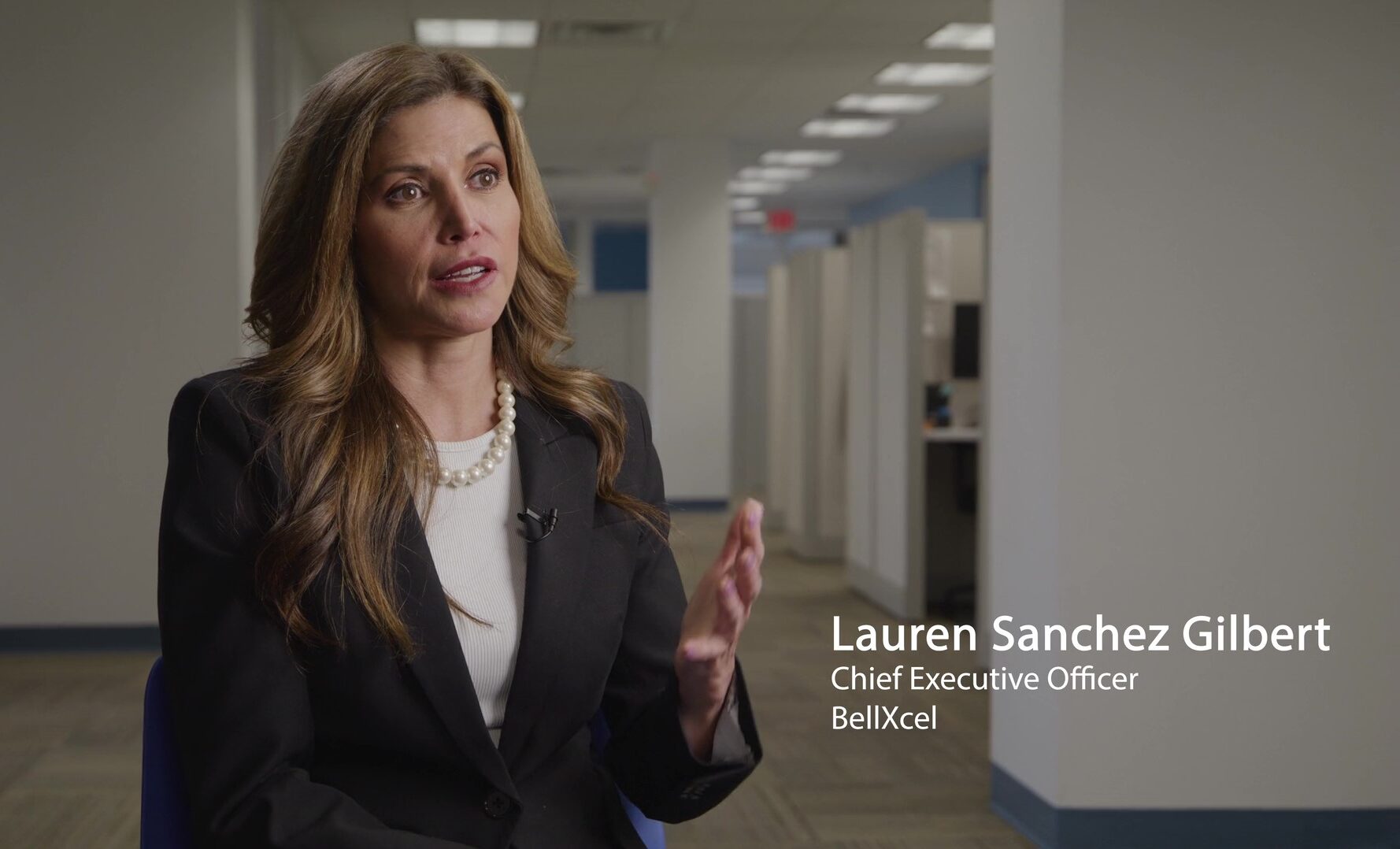One of the key roles of the business analyst is working with clients to assist them in implementing new systems, which enables them to become more efficient and meet their company goals. That’s very important, because before you start implementing a new system, you have to know what your current system is doing. One of the key roles in doing that is making sure you write what’s called a ‘business process document’. A business process document outlines, from start to finish, the processes in the current system, so that you know what to do in the future.
There are several steps that go into writing a business process document:
- Name
- Purpose
- Process activities
- Process flowchart
- Process inputs
- Process outputs
- Team roles
- Review documentation
Be patient when writing a business process document. It could take a lot of effort, depending on the kind of system that you’re writing, or implementing. Systems can have a lot of processes, so the document may be very big, but just be patient and stay the course. Be very detail-oriented when you document these processes and make sure you don’t miss even the smallest detail.
You have to step in the customer’s shoes and think, “Okay I’ve been using this system for so many years and know it very well”, but you really don’t. You’re learning a whole new product and a whole new system. Ultimately, you’ll end up learning so much about yourself and the business.

zSpace Client Showcase
zSpace is a tech company that provides immersive learning experiences using virtual and augmented reality. In this client showcase, Jill Donnelly, Director of Strategic Initiatives at zSpace, discusses why they chose to work with Sparq (after interviewing over 20 potential partners!) and how invaluable our "team perspective" has been to their organization.

AI in UX
For Principal Consultant and UX Design Lead Joe Dallacqua, how to utilize AI in UX is a conversation he’s having every day. In this Tech in 2, Joe shares three ways he’s seeing AI help UX designers become not only more efficient, but more creative as well.

Personalization in Insurance
With so much data at their fingertips, insurers have an exciting opportunity to create a more personalized customer experience. In this Tech in 2, Client Partner John Suminski discusses how when data and the right technologies come together, this synergy can create highly personalized products and pricing.

BellXcel Client Showcase
BellXcel is a nationally-recognized nonprofit that empowers youth program providers with innovative solutions, services and resources that create meaningful impact. Learn how we partnered to build key functionality for the Arly platform, which has successfully reached over 100,000 scholars.
